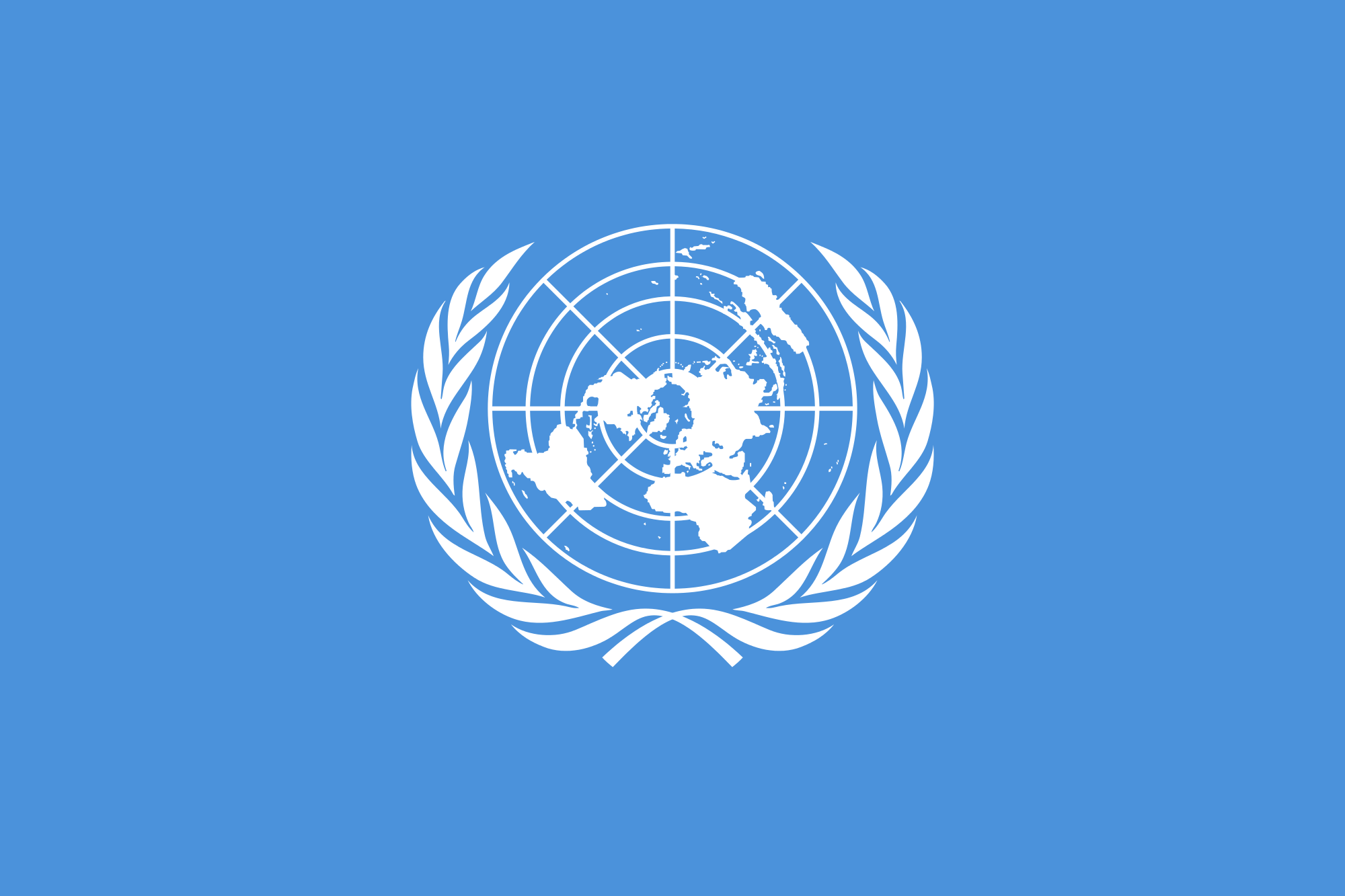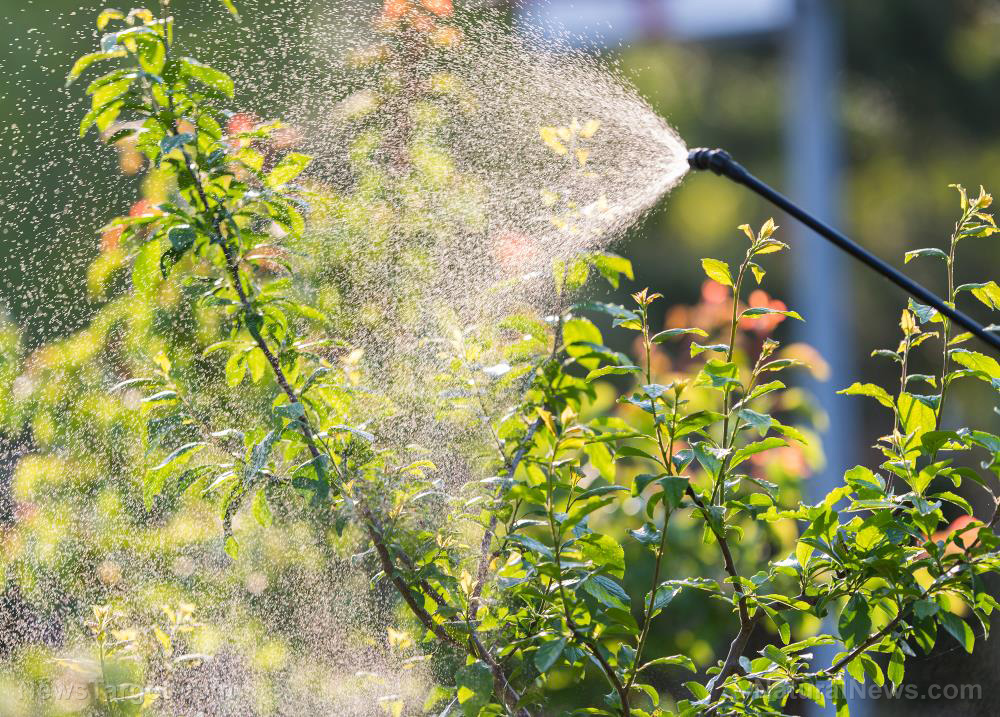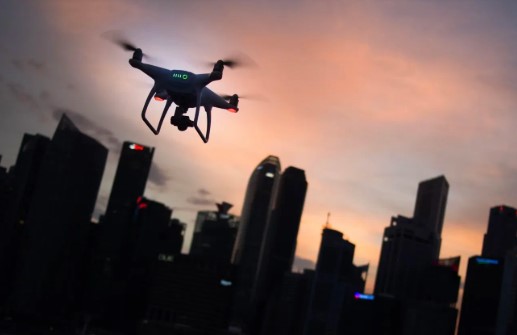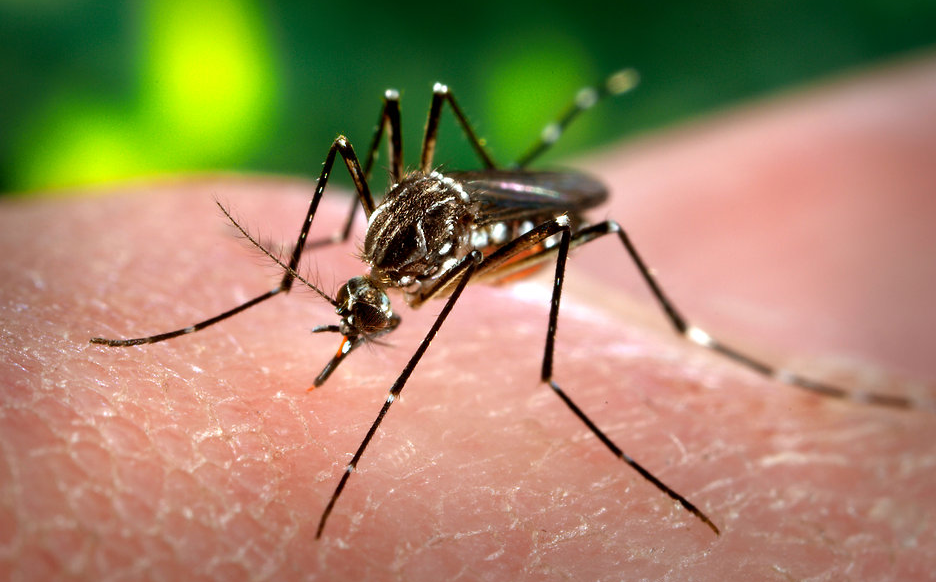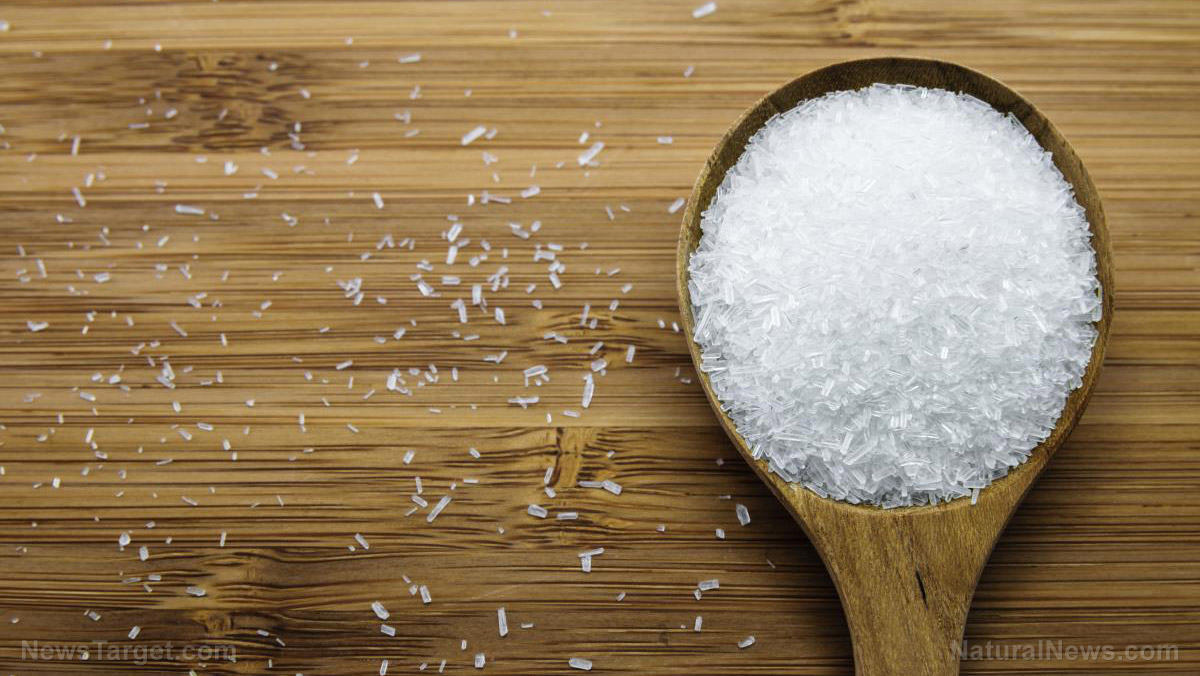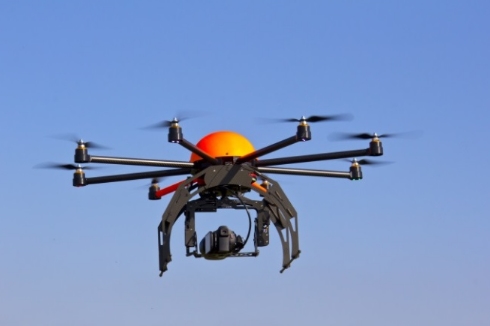Queensland authorities warn of potential spread of 100% fatal “bat virus”
12/17/2024 / By Ava Grace
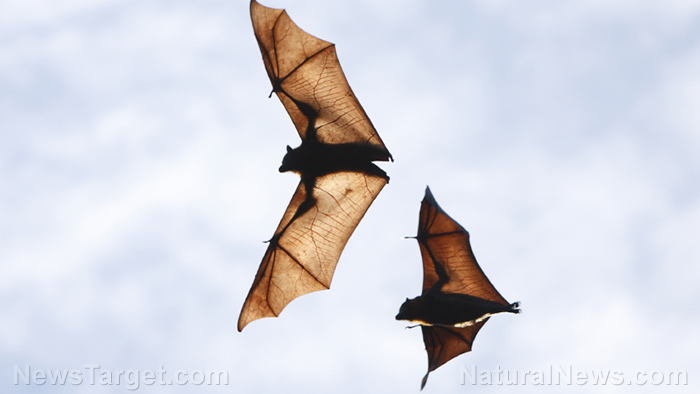
- Health authorities in South East Queensland are urging residents to avoid touching bats that may have fallen out of trees due to the spread of the deadly and untreatable lyssavirus.
- Lyssavirus, related to the rabies virus, is fatal once symptoms appear. Exposed individuals may experience paralysis, delirium, convulsions and death within days if left untreated.
- Queenslanders who suspect exposure to the lyssavirus have been directed to seek medical attention immediately, and pre-exposure vaccination is recommended for everyone else who regularly interacts with bats.
- Health officials emphasize that the best prevention is to avoid touching bats entirely, especially if they appear injured or dead. Contacting local wildlife groups or the RSPCA is also advised.
Australians across South East Queensland are being urged to avoid touching bats that may have fallen out of trees, as the deadly and untreatable lyssavirus spreads through the region.
The bat population is under intense pressure from a mysterious condition called flying fox paralysis syndrome (FFPS) and the scorching heat, leading to an alarming number of bats found on the ground and in backyards.
The virus in question is lyssavirus, a cousin of the notorious rabies virus that has no known cure and can cause death within days. Health experts are sounding the alarm, warning residents to exercise extreme caution. (Related: Australian biolab reports over 300 deadly virus samples HAVE GONE MISSING.)
“It’s important to remember that lyssavirus is fatal in humans and there is no known effective treatment once symptoms have started,” warned Dr. Heidi Carroll of Queensland Health’s executive director of the Communicable Diseases Branch. “The infection can cause paralysis, delirium, convulsions and even death.”
The virus spreads through bites or scratches from infected bats. Even a tiny scratch or bite can allow the virus to enter your bloodstream, potentially triggering this deadly chain of events. If you think you’ve been exposed, the first step is to wash the wound thoroughly with soap and clean water for at least five minutes. Then, seek medical attention immediately.
Queensland warning state residents to avoid bats
In the past, Australia has documented three human cases of lyssavirus infection – all in Queensland – and all three resulted in death. Experts believe the incidence is likely underreported, as the first symptoms can take weeks or even years to appear.
“The infection can cause severe and irreversible damage,” Carroll said. “If you are bitten or scratched by a bat, it’s crucial to act quickly. Post-exposure treatment, including vaccines, is available and can make a life-or-death difference.”
But prevention is the best tactic. Carroll emphasizes that the simplest way to avoid contracting lyssavirus is to never touch bats, even if they appear injured or dead. Instead, people who see bats are asked to contact a local wildlife group or the Royal Society for the Prevention of Cruelty to Animals immediately.
“Teaching children to never handle bats is critical,” Carroll added. “If you suspect your child has been in contact with a bat, clean the wound thoroughly and seek medical attention right away.”
Queensland Health is also heavily recommending that anybody who has to regularly interact with bats, such as bat care professionals, veterinarians, laboratory workers or bat researchers, should consider taking pre-exposure vaccination, which is three rabies vaccine injections spread out over one month.
“Educating the public and vaccinating those at risk are key steps in our defense,” Carroll said.
Residents in the affected areas should also be aware that bat feces or urine do not pose a direct risk of infection, but it’s essential to wash hands after contact to protect against other diseases.
Watch this Dec. 10 episode of “The Alex Jones Show” on InfoWars as he discusses the outbreak of the so-called “Disease X” in the Democratic Republic of the Congo.
This video is from the InfoWars channel on Brighteon.com.
More related stories:
Mystery “Disease X” strikes Congo, targeting mostly vulnerable children.
Sources include:
Submit a correction >>
Tagged Under:
Australia, bats, big government, dangerous, ecology, environment, flying fox paralysis syndrome, health science, infections, infectious diseases, lyssavirus, national security, outbreak, pandemic, plague, prevention, Queensland, South East Queensland, wildlife
This article may contain statements that reflect the opinion of the author
RECENT NEWS & ARTICLES
COPYRIGHT © 2019 Dangerous.News
All content posted on this site is protected under Free Speech. Dangerous.News is not responsible for content written by contributing authors. The information on this site is provided for educational and entertainment purposes only. It is not intended as a substitute for professional advice of any kind. Dangerous.News assumes no responsibility for the use or misuse of this material. All trademarks, registered trademarks and service marks mentioned on this site are the property of their respective owners.

